Key Takeaways
- Color temperature in outdoor lighting ranges from warm (2700K-3000K) to cool (5000K-6500K)
- Warm light creates a cozy atmosphere, while cool light enhances visibility and security
- Winnipeg’s climate influences outdoor lighting choices, with warmer tones preferred in winter
- LED lights offer energy-efficient options for various color temperatures
- Proper color temperature selection can improve curb appeal and home value
Understanding Color Temperature in Outdoor Lighting
Color temperature in outdoor lighting refers to the perceived warmth or coolness of light emitted by a bulb. It’s measured in Kelvin (K) and plays a big role in setting the mood and functionality of your outdoor spaces. In Winnipeg, where winters are long and dark, choosing the right color temperature for your outdoor lighting can make a world of difference.
The Kelvin Scale: From Warm to Cool
The Kelvin scale for lighting ranges from about 1800K to 6500K. Lower numbers represent warmer, more yellow light, while higher numbers indicate cooler, bluer light. Here’s a quick breakdown:
- 2000K-3000K: Warm white (yellowish)
- 3100K-4500K: Cool white (neutral)
- 4600K-6500K: Daylight (bluish)
Warm Light: Creating a Cozy Atmosphere
Warm light, typically in the 2700K-3000K range, gives off a soft, yellowish glow. This type of light is often used to create a welcoming atmosphere in outdoor spaces. In Winnipeg, where winters can be harsh, warm lighting can help make your outdoor areas feel more inviting and comfortable.
Benefits of Warm Outdoor Lighting
- Creates a cozy, intimate atmosphere
- Complements traditional home styles
- Enhances the appearance of wood and brick surfaces
- Reduces glare and eye strain
Cool Light: Enhancing Visibility and Security
Cool light, usually in the 4000K-5000K range, produces a crisp, clean light that’s closer to natural daylight. This type of lighting is often used for security purposes or in areas where visibility is paramount. In Winnipeg’s long winter nights, cool lighting can help improve safety around your property.
Advantages of Cool Outdoor Lighting
- Improves visibility and safety
- Enhances the appearance of plants and foliage
- Creates a modern, sleek look
- Helps with tasks like grilling or reading outdoors
Winnipeg’s Climate and Outdoor Lighting Choices
Winnipeg’s climate, characterized by long, cold winters and short, warm summers, plays a significant role in outdoor lighting decisions. During the winter months, when daylight hours are short, outdoor lighting becomes even more important for both practical and aesthetic reasons.
Winter Lighting Considerations
In winter, many Winnipeggers prefer warmer color temperatures for their outdoor lighting. The soft, golden glow of warm lights can create a cozy contrast to the cold, snowy landscape. It can also help make your home look more inviting when you return from work on dark winter evenings.
Summer Lighting Options
During Winnipeg’s short but beautiful summers, you might want to consider using cooler color temperatures for your outdoor lighting. Cool white light can help create a refreshing atmosphere for backyard barbecues and late-night gatherings.
Choosing the Right Color Temperature for Different Outdoor Areas
Different areas of your outdoor space may benefit from different color temperatures. Here’s a guide to help you choose:
Front Entrance
For your front entrance, a warm color temperature (2700K-3000K) can create a welcoming atmosphere. This is especially important in Winnipeg, where coming home on a cold winter night should feel inviting.
Pathways and Driveways
For pathways and driveways, a slightly cooler temperature (3000K-4000K) can provide good visibility without being too harsh. This is crucial for safety during Winnipeg’s icy winters.
Backyard and Patio
In your backyard or on your patio, you might want to use a mix of color temperatures. Warm lights (2700K-3000K) can create a cozy atmosphere for seating areas, while cooler lights (4000K-5000K) can be used for task lighting around grills or garden areas.
Security Lighting
For security purposes, cooler color temperatures (4000K-5000K) are often preferred. These provide clearer visibility and can help deter potential intruders.
LED Lights: A Versatile Option for Outdoor Lighting
LED lights have become increasingly popular for outdoor lighting in Winnipeg. They offer several advantages:
- Energy efficiency: Important for Winnipeg’s long winter nights
- Long lifespan: Reduces the need for frequent bulb changes in cold weather
- Available in various color temperatures: Allows for customized lighting schemes
- Dimmable options: Provides flexibility in light intensity
Impact of Color Temperature on Curb Appeal and Home Value
The right outdoor lighting can significantly enhance your home’s curb appeal and potentially increase its value. In Winnipeg’s competitive real estate market, this can be a valuable investment.
Enhancing Architectural Features
Using the right color temperature can highlight your home’s best features. Warm light can accentuate brick or wood siding, while cool light can make stone or modern materials pop.
Creating Depth and Dimension
By using different color temperatures in various areas of your outdoor space, you can create depth and dimension. This can make your property look larger and more inviting.
Common Mistakes in Outdoor Lighting Color Temperature
When it comes to outdoor lighting in Winnipeg, there are a few common mistakes to avoid:
- Using too cool a color temperature in warm, cozy spaces
- Choosing inconsistent color temperatures across the property
- Overlooking the impact of snow reflection on light color
- Failing to consider the color of your home’s exterior when selecting light temperature
Seasonal Adjustments to Outdoor Lighting
In Winnipeg, where the seasons bring dramatic changes, you might want to adjust your outdoor lighting throughout the year. Here are some tips:
Winter Adjustments
- Use warmer color temperatures to create a cozy contrast to the cold
- Increase overall brightness to compensate for snow’s reflective properties
- Consider adding timers to turn lights on earlier due to shorter days
Summer Adjustments
- Experiment with cooler color temperatures for a refreshing feel
- Reduce overall brightness as days are longer
- Use lighting to highlight summer gardens and outdoor living spaces
Professional Help vs. DIY: What’s Best for Winnipeg Homeowners?
When it comes to installing outdoor lighting, Winnipeg homeowners have two main options: professional installation or DIY. Here are some factors to consider:
Professional Installation
- Expertise in dealing with Winnipeg’s climate challenges
- Knowledge of local building codes and regulations
- Access to a wide range of high-quality lighting options
- Professional design services for optimal lighting layout
DIY Installation
- Can be more cost-effective
- Allows for personal customization
- Provides a sense of accomplishment
- May be suitable for simple lighting projects
Energy Efficiency and Color Temperature
In Winnipeg, where winter energy bills can be high, it’s important to consider the energy efficiency of your outdoor lighting. Here’s how color temperature relates to energy efficiency:
| Color Temperature | Energy Efficiency | Light Output |
|---|---|---|
| Warm (2700K-3000K) | Moderate | Soft, cozy |
| Cool (4000K-5000K) | High | Bright, crisp |
Color Temperature and Light Pollution
Light pollution is a growing concern in urban areas like Winnipeg. Here’s how different color temperatures contribute to light pollution:
| Color Temperature | Light Pollution Impact | Best Use |
|---|---|---|
| Warm (2700K-3000K) | Low | Residential areas |
| Cool (4000K-5000K) | High | Commercial, security use |
Conclusion: Finding the Right Balance for Your Winnipeg Home
Choosing the right color temperature for your outdoor lighting in Winnipeg is about finding the right balance between aesthetics, functionality, and energy efficiency. Consider your home’s style, the purpose of each lighting area, and how the lighting will look in different seasons. With the right approach, you can create an inviting outdoor space that looks great year-round, enhances your home’s value, and suits Winnipeg’s unique climate.
Remember, there’s no one-size-fits-all solution. What works best for your home will depend on your personal preferences, your home’s architecture, and how you use your outdoor spaces. Don’t be afraid to experiment with different color temperatures to find what works best for you. And if you’re unsure, consider consulting with a local lighting professional who understands Winnipeg’s specific lighting needs.

